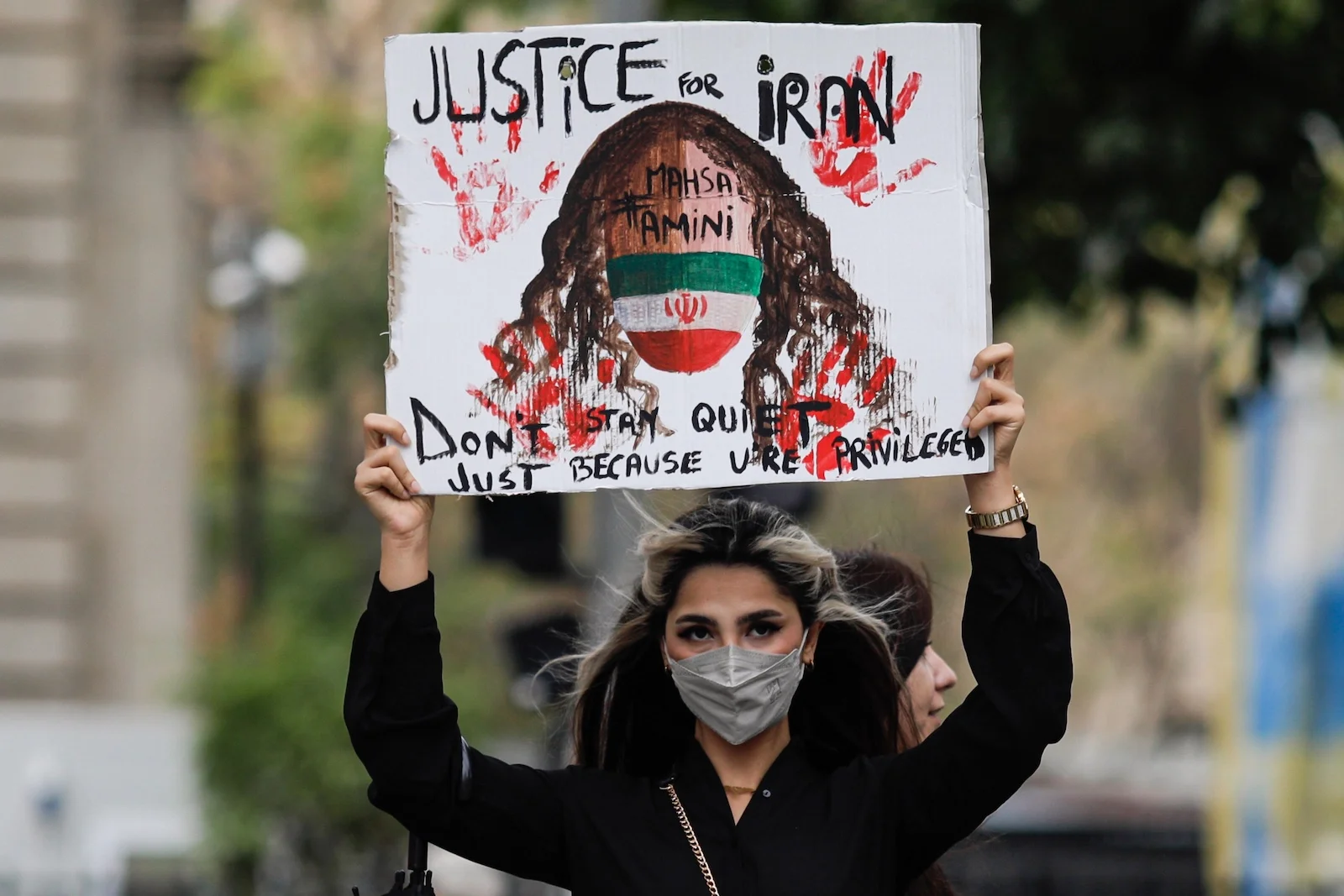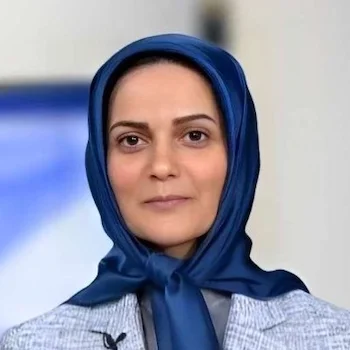
The Next Iranian Revolution Will Be Led by Women
Modern Iran has endured two enduring strains of dictatorship. The first, a monarchy under the Shah, ended on February 11, 1979, when a massive popular uprising overthrew Mohammad Reza Pahlavi. Yet, the hope for freedom that fueled that revolution was swiftly betrayed. Progressive and freedom-seeking forces—many of them previously imprisoned by the Shah’s notorious secret police, SAVAK—were crushed once again, this time under the weight of a rising theocracy. Ayatollah Khomeini, cloaked in revolutionary legitimacy, seized power and established a new order built on two foundations: ruthless domestic repression and the export of fundamentalism and terror.
Central to the resistance against both these regimes has been the unflinching resolve of Iranian women. Their leadership is not incidental—it is rooted in decades of political engagement that predate the revolution. Even under the Shah, countless women were harassed, imprisoned, and in some cases executed for their dissent. This spirit of resistance only deepened under the clerical regime, where misogyny became not just policy but ideology—an essential tool for maintaining control.
The Islamic Republic’s legal framework, grounded in religious orthodoxy, has systematically stripped women of fundamental rights and freedoms. Yet, despite the suffocating weight of these medieval laws, Iranian women have refused to yield. Instead, they have emerged as a potent force at the heart of the nation’s democratic aspirations. Tens of thousands have faced imprisonment and torture. Many have been executed, often after enduring unspeakable abuse. But each act of defiance—every woman who has stood up, spoken out, or simply endured—has sent an unambiguous message: the road to liberation runs through courage, resilience, and sacrifice.
This defiance has elevated women to the vanguard of Iran’s push for change. Within this broader struggle, the Iranian opposition has evolved into a symbol of hope, especially for women, who have confronted institutional misogyny with determination and extraordinary organizational discipline.
Across Iran’s modern political history, women have consistently stood on the frontlines. Today, they remain its most unflinching voice. Their rallying cry—“No to compulsory hijab! No to compulsory religion! No to compulsory government!”—has become an anthem for a new generation. Despite facing the ever-present threat of arrest, torture, or death, their resolve has not dimmed. On the contrary, it has crystallized into purposeful resistance.
At the heart of the opposition’s vision is a comprehensive roadmap for Iran’s future—one that has attracted support from more than 4,000 lawmakers in Europe and North America, over 120 former heads of state and government, and more than 70 Nobel laureates. This vision is anchored in a Ten-Point Plan that envisions a secular, democratic republic founded on human rights.
Among the plan’s defining principles is an unequivocal commitment to gender equality—in political representation, education, employment, culture, and civil rights. It promises the abolition of all gender-based discrimination, ensures women’s full participation in political leadership, and defends their right to choose their clothing, partners, professions, and futures. The plan categorically rejects all forms of exploitation and envisions an Iran where women are not only liberated but also empowered as equal partners in shaping the nation’s trajectory.
Still, a vital question lingers: How does this hopeful vision bridge the chasm between idealism and political reality?
The Iranian opposition offers what it calls the “Third Option”—a path that avoids both appeasement of the regime and the perils of foreign military intervention. It champions the right of the Iranian people to pursue regime change through indigenous, organized, and sustained resistance. This alternative recognizes that the future must be built from within, not imposed from abroad.
There are signs—tangible ones—that such change is no longer a distant dream. Nationwide protests have flared repeatedly in recent years, signaling a deepening discontent. Resistance networks are expanding, becoming more adaptive and effective. The costs have been staggering: lives extinguished, families torn apart, dreams deferred. Yet the momentum continues to build. What was once unthinkable now feels inevitable: a regime unraveling at the edges, struggling to hold together a fraying center.
The role of the international community at this moment is not to dictate Iran’s future, but to support those fighting to reclaim it. By recognizing the Iranian people’s right to resist tyranny—and by acknowledging their democratic opposition as a viable, legitimate alternative—the global community can help usher in a new era. That solidarity can serve not as a blueprint, but as ballast.
The Iran that opposition forces envision would be nothing short of transformational. It would be a secular, democratic republic where church and state are cleanly separated. All citizens—regardless of ethnicity, gender, or belief—would enjoy equal rights and protections. The death penalty would be abolished. Nuclear ambitions would be renounced. And Iran’s diverse nationalities would be granted meaningful cultural and administrative autonomy. It would mark a decisive break not only from clerical rule, but from the regime of fear and violence that has gripped the country for decades.
Such an Iran would be unrecognizable from the one that exists today. And for the first time in a generation, there is a real sense that this future is within reach. The regime in Tehran may still cling to power, but it no longer commands the allegiance of the people—certainly not the women who are now scripting the first pages of Iran’s next revolution.
Their fight is about more than just freedom. It’s about redefining power itself—about establishing leadership rooted not in coercion, but in consent. It is about the universal right to live with dignity, to speak without fear, and to determine one’s own destiny. In this, Iranian women are not only reclaiming their nation. They are offering the world a rare and radiant example of resistance—and a powerful testament to the endurance of hope in the face of tyranny.
